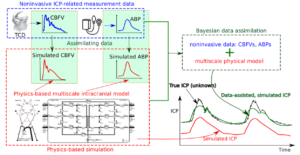-
Inverse problem in physiological modeling
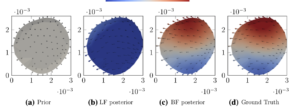
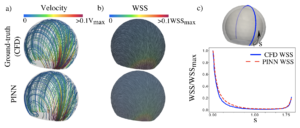
- H. Gao*, X. Zhu, J.-X. Wang. A Bi-fidelity Surrogate Modeling Approach for Uncertainty Propagation in Three-Dimensional Hemodynamic Simulations. Computer Methods in Applied Mechanics and Engineering, 366, 113047, 2020. [Arxiv, DOI, bib]
- H. Gao*, J.-X. Wang, A Bi-fidelity Ensemble Kalman Method for PDE-Constrained Inverse Problems, Computational Mechanics, 67, 1115-1131, 2021 [Arxiv, DOI, bib]
- A. Arzani, J.-X. Wang, R. D’Souza, Uncovering near-wall blood flow from sparse data with physics-informed neural networks, Physics of Fluids, 33, 071905, 2021 (Featured Article) [Arxiv, DOI, bib]
- J.-X. Wang, X. Hu, S. C. Shadden, Data-augmented modeling of intracranial pressure. Annals of biomedical Engineering, 2018 (Accepted) [Arxiv, DOI, bib].
-
Inverse modeling for unresolved geometry in CFD simulations
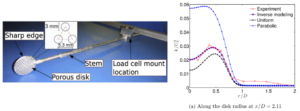
- J.-X. Wang, H. Xiao. Data-driven CFD modeling of turbulent flows through complex structures. International Journal of Heat and Fluid Flow, 62 (B): 138-149, 2016. [Arxiv, DOI, bib]
-
Tsunami flow inversion based on sediments
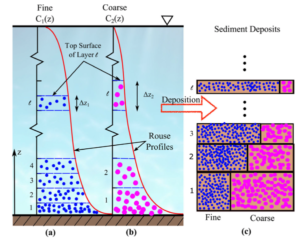
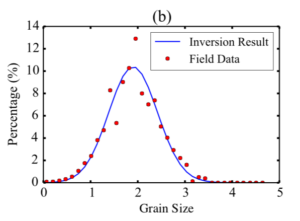
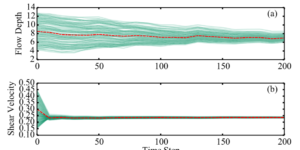
- J.-X. Wang, T. Hui, H. Xiao, and R. Weiss. Inferring tsunami flow depth and flow speed from sediment deposits based on ensemble Kalman filtering. Geophysical Journal of International, 212 (1), 646-658, 2018. [Arxiv, DOI, bib]
- H. Tang, J.-X. Wang, R. Weiss and H. Xiao. TSUFLIND-EnKF inversion model applied to tsunami deposits for estimation of transient flow depth and speed with quantified uncertainties, Marine Geology, 396 (1), 16-25, 2018, [Arxiv, DOI, bib]
